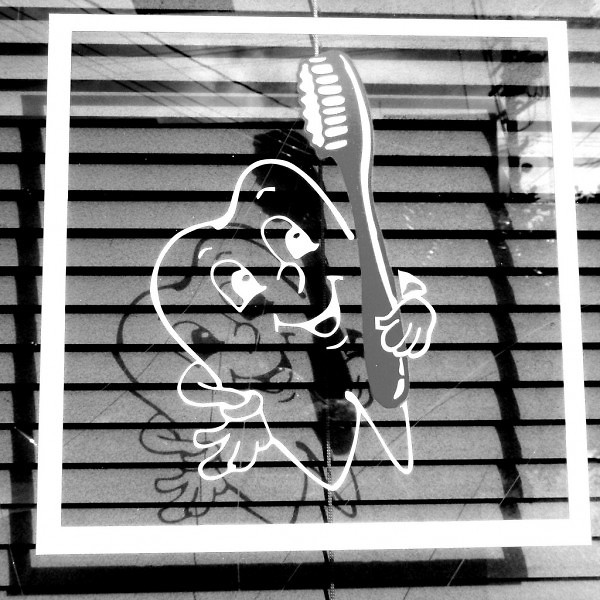Grand Rapids is developing a reputation for its hospitals, health care workers, medical training and research facilities, but the city has been a forerunner for many years, particularly when it comes to dental health.
Grand Rapids was the first city to introduce fluoride to its water in 1945. The Michigan Bureau of Public Health Dentistry selected the city for fluoridation testing, and the local dental society, Board of Education and City Commission supported their choice. Muskegon was chosen as a the control group in this experiment, and after 10 years researchers studied the baby teeth of six-year-olds to determine the impact. They found that the teeth of Grand Rapids children showed a 54 percent reduction in tooth decay or cavities for an overall appreciable improvement in children’s dental health.
Grand Rapids Dentist E.S. Holmes, who possessed a degree from the Ohio College of Dental Surgery, arrived in the city in 1865 and spent decades trying to elevate the standard of local dental care. With others, Holmes pushed for the establishment of a dental school alongside the medical school of the state university. In 1875 a state bill was passed in the Legislature and $3,000 provided for this purpose to the University of Michigan. This was also a first in the nation, the first dental school connected to a tax-supported public university.
Despite this and the professional dental societies that had formed locally to connect dentists and provide further education, dental care in Grand Rapids was often a storefront affair until the late 1930s. This was perhaps preferable to what it had been in the early days - which was, essentially, an itinerant “dentist” taking his turnkey tool from door to door and plying his trade. It was only in the East, in long established cities like Boston or New York, that there were professional dentists. The rest of the nation had the services of anyone with the stomach and tools for wrenching out teeth.
A turnkey was a metal hook that went in the mouth and latched onto the bad tooth. The “dentist” turned and twisted it, and, with any luck, the tooth and only the tooth - not part of the jaw - came out. The only anesthetic was whiskey. Replacement teeth were carved from a piece of bone.
As far as public dental services were concerned, local dentists formed the E.S. Holmes Dental Club and in the early 20th century began serving children who needed care but whose parents couldn’t afford to pay. The first dentists were volunteers, but in 1920 the City Commission hired a dentist and opened a clinic in Union High School. More clinics, financed by the city, opened as well. During the Depression this program was sponsored by the Works Progress Administration.
By the 1930s dental parlors had sprung up along Monroe Avenue, and newspaper ads offered dental plates for $3.00. However, the expertise of the dental practitioner had not improved - or at least there were no guarantees. In 1939 dentists throughout the state lobbied hard and got a bill passed outlining qualifications for dentists and dental hygienists and raising requirements necessary to get a dental degree in Michigan. A 1944-45 grand jury investigation shed light on some behind-the-scenes bribery and three officials of the state dental association were indicted. However, by then the standards for practitioners had been generally accepted. Dentistry as a whole became a more professional and regulated affair.
Dentistry is now a much more modern and less painful practice. There are many more options available for addressing dental problems, and lower income families have access to dentists through Medicaid. Dental education is also much more prevalent. The access to dental care Grand Rapidians enjoy now is available partly because of the actions of concerned dentists in Michigan's and Grand Rapids' history.
The Rapidian, a program of the 501(c)3 nonprofit Community Media Center, relies on the community’s support to help cover the cost of training reporters and publishing content.
We need your help.
If each of our readers and content creators who values this community platform help support its creation and maintenance, The Rapidian can continue to educate and facilitate a conversation around issues for years to come.
Please support The Rapidian and make a contribution today.
